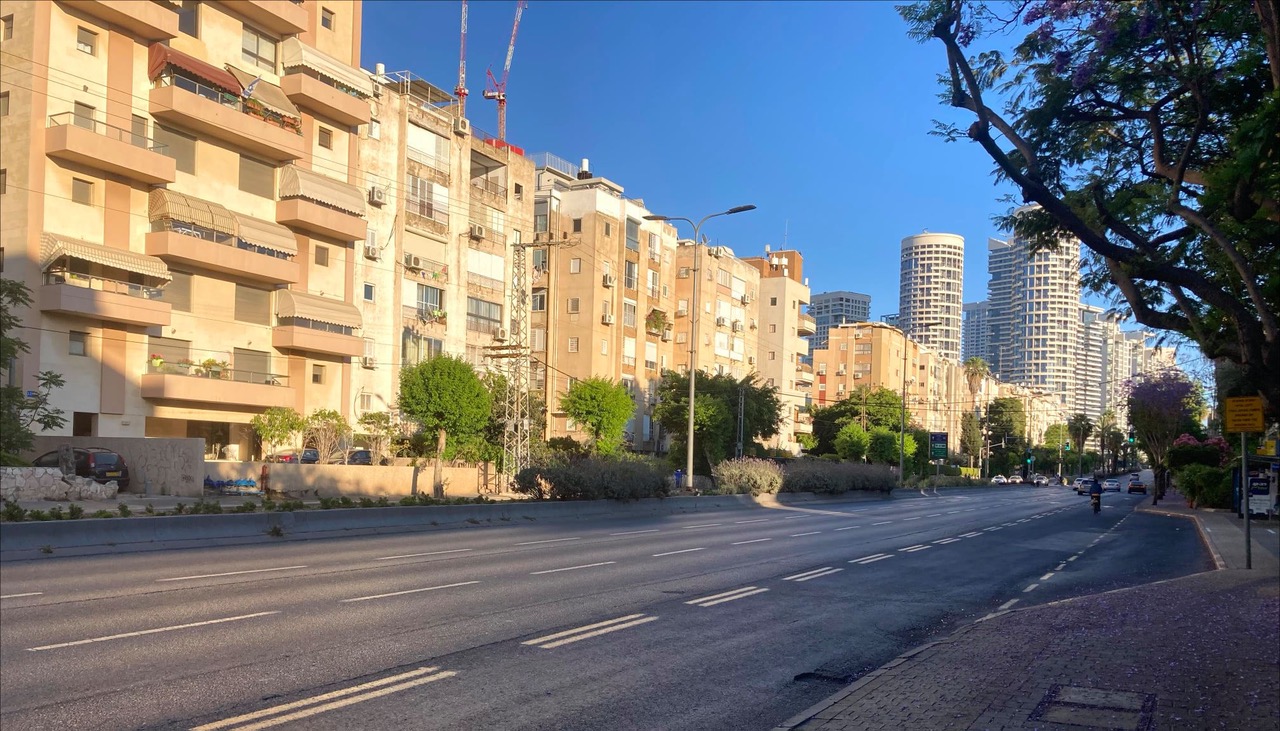Tel Aviv in the crosshairs of Hamas: A local’s perspective
Tel Aviv’s normally packed Namir Road is virtually empty of traffic as people stay home ahead of an expected Hamas missile barrage from Gaza. (Photo by Larry Luxner)
TEL AVIV — Monday afternoon, on the eighth day of “Operation Guardian of the Walls”—as the Israel Defense Forces calls the latest round of combat between Israel and Gaza—my wife and I decided to meet some friends at Mike’s Place, an expat bar overlooking the Mediterranean Sea.
Normally a bustling waterfront café next to the former U.S. Embassy (and now consulate, since Donald Trump relocated the embassy to Jerusalem in 2018), Mike’s Place is famous for its wide selection of beers, classic rock music, pool table, and casual atmosphere. Its walls are plastered with American memorabilia—iconic album covers, license plates, and even an I-75 highway sign donated by some long-ago bar patron from Georgia.
The last time I had been here was March 3, 2020, to cast my absentee vote in the Democratic presidential primaries, right before Israel’s first coronavirus lockdown.
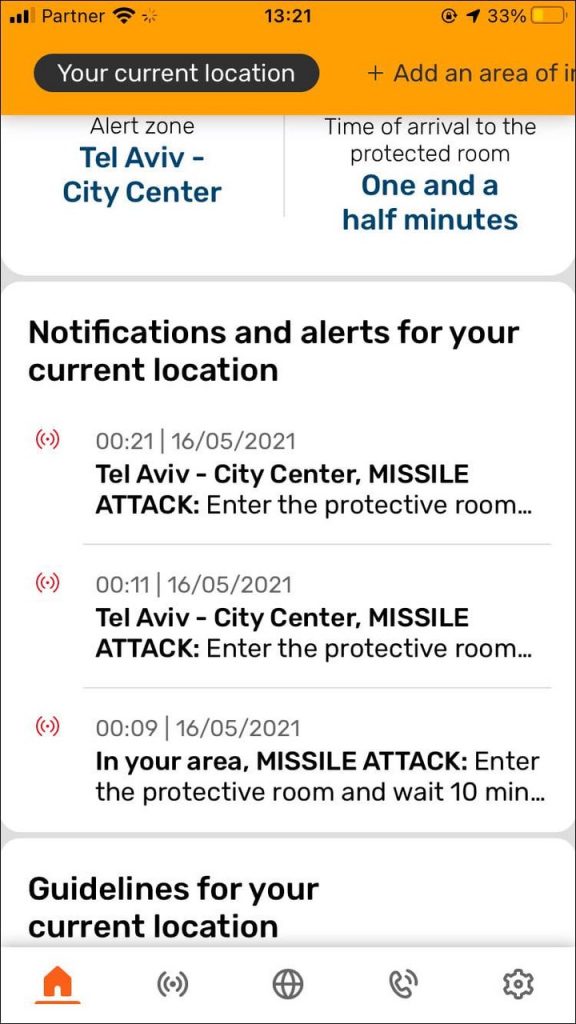
But on this particular afternoon, despite the unseasonably cool springlike weather, Mike’s Place was deserted. Hamas rocket attacks on Israel’s financial and cultural capital had convinced most residents to stay home or venture out only when necessary.
Five minutes after we seated ourselves at a wooden bench facing the sea, a South African waiter took our orders, then casually informed us: “In case the air-raid sirens go off, run inside through these glass doors all the way to the back of the restaurant, then down the steps into our safe room. You’ll be OK there.”
In any other country, such a suggestion would have elicited gasps. Here, it’s just part of life in Israel in May 2021—the month we finally defeated COVID-19, outdoor mask-wearing officially disappeared and international tourism was supposed to come pouring back in.
Indeed, about half an hour after our arrival, we (and the people at the next table) heard the sirens and everyone started running for the glass doors. It turned out to be a false alarm; what sounded like an air-raid alert was actually part of a song being blasted over the bar’s sound system. I was too unnerved to even ask which song it was. The moment passed quickly and everyone laughed.
More than 4,000 missiles fired against Israel
Rockets and terrorist attacks are nothing new for Israel. Eighteen years ago, Mike’s Place was targeted in an April 2003 suicide bombing by Hamas and its Al Aqsa Martyrs Brigade that killed three people and injured over 50; a plaque on the wall commemorates the victims of that attack.
What’s new is the ferocity and the sheer number of missiles launched over Tel Aviv—barely 40 miles up the coast from Gaza. Video clips of beachgoers running for cover have gone viral; so have the vicious anti-Israel protests now breaking out in London, Paris, New York, and Berlin.
According to the Home Front Command app which I downloaded to my iPhone barely two weeks ago, more than 160 of the 4,000-plus missiles launched by Hamas and its partner in terrorism, the Palestinian Islamic Jihad, have targeted my adopted city and its environs in the past 10 days alone. About 90% of those missiles have been intercepted by Israel’s Iron Dome anti-missile defense system.
Unfortunately, Iron Dome isn’t failproof, and some do get through. Since the fighting began, 12 people in Israel have been killed and hundreds injured by rocket attacks. Of course, this is only a fraction of the casualties suffered by the Palestinians in Gaza; as of this writing, Israel’s air assault on the Gaza Strip have killed 227 people—including 64 children—and injured 1,620.
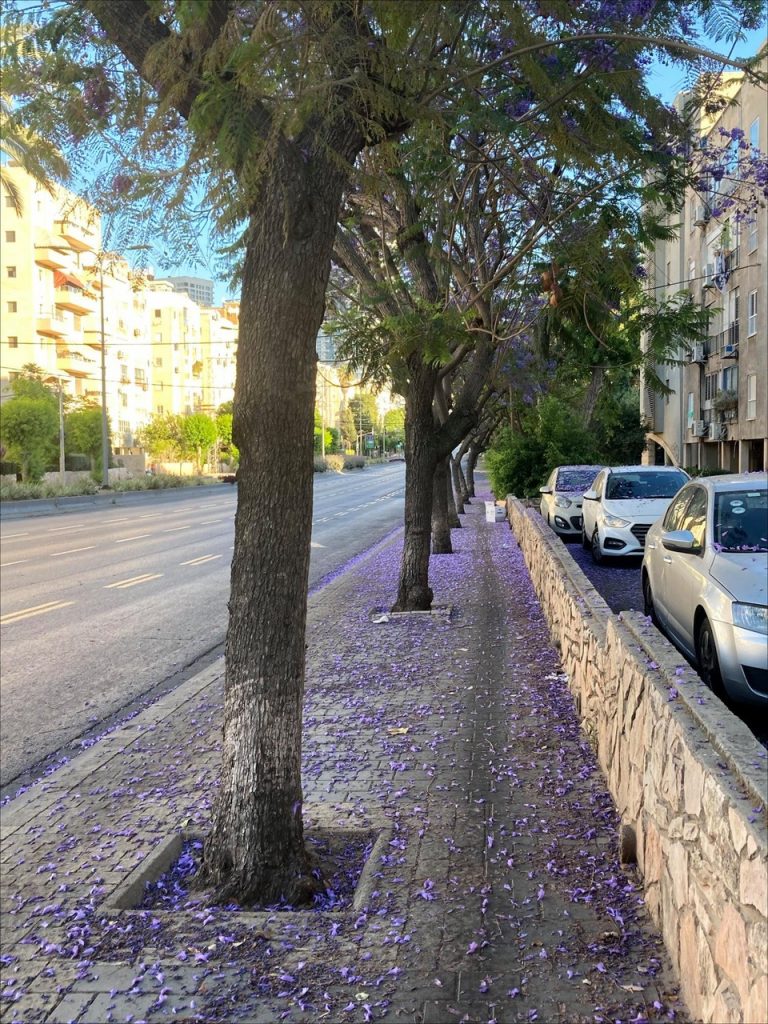
Yet numbers alone do not tell the whole story, a reality lost on celebrities such as Trevor Noah, John Oliver, and others whom I respected up until now.
“For decades, the backbone of America’s policy in the Middle East has been that America is an unwavering friend to Israel,” Oliver said. “But at the end of the day, I would hope that a real friend would tell me when I’m being an ass, and definitely when I’m committing a fucking war crime.”
Memo to Mr. Oliver: The fact that Israel has a dramatically lower body count than Gaza doesn’t mean Hamas terrorists aren’t trying to kill as many Jews as possible. They are. At the same time, Hamas intentionally locates its missile launchers in heavily populated civilian areas, using helpless women and children as human shields. That drives up the number of Palestinian victims exponentially, since Hamas knows Israel will retaliate (not to mention the dozens of Gazans who’ve already been killed when their own rockets explode prematurely).
Air-raid alert: 90 seconds to safety
Clearly, there’s plenty of blame to go around, much of it borne by Israeli Prime Minister Benjamin Netanyahu, who’s facing a criminal trial for corruption—and the right-wing fanatics in Israel’s 120-member Knesset such as Itamar Ben-Gvir and Bezalel Smotrich who’d like nothing better than to annex the entire West Bank and immediately expel all Arabs from Israel.
The conflict has boosted Netanyahu’s standing among voters as Israel hurtles to an insane fifth election, and it’s obvious that “Bibi”—whose Likud party has ruled the country since 2009—wants to remain in office as long as possible in order to avoid jail time. The last thing he wants is for opposition leader Yair Lapid of the Yesh Atid movement to form Israel’s next government.
Meanwhile, Hamas has successfully exploited unrest among Arabs in East Jerusalem and the occupied West Bank by painting itself as the true liberator of Palestine. For a look at what’s led to this sorry state of affairs, read this excellent analysis by Patrick Kingsley, Jerusalem bureau chief of the New York Times.
Besides the Iron Dome, Israel also has a sophisticated alert system that triggers air-raid sirens and text messages at a moment’s notice. Unlike the two million inhabitants of crowded Gaza—which at 141 square miles is one-fifth the size of Baltimore County—most Israelis also have bomb shelters and safe rooms to hide in as soon as the rockets start falling.
Unfortunately, we don’t. Our building, like many in our north Tel Aviv neighborhood, was built prior to World War II. So when the air-raid sirens go off, our only safe place is the interior stairwell.
Living through such an attack is sheer terror, regardless of which side you’re on. At precisely 2:14 a.m. on May 12—the second night of fighting—we were awakened by the ear-splitting siren that indicates residents have exactly 90 seconds to find shelter. Huddled on the stairs between the first and second floors with our neighbors and their frightened children and dogs, we reassured worried family and friends via WhatsApp as enormous explosions—the sound of Iron Dome interceptor missiles destroying the incoming rockets—could be heard outside.
And we’re lucky; the bomb-weary residents of Sderot, Ashkelon, Ashdod and smaller towns right across the border from Gaza have 15 seconds or less before the rockets start falling.
The unraveling of Arab-Jewish coexistence in Israel
As scary as that is, though, I’ll tell you what frightens me even more: the unprecedented mob violence between Arabs and Jews that has shaken Israel to the core ever since Operation Guardian of the Walls began.
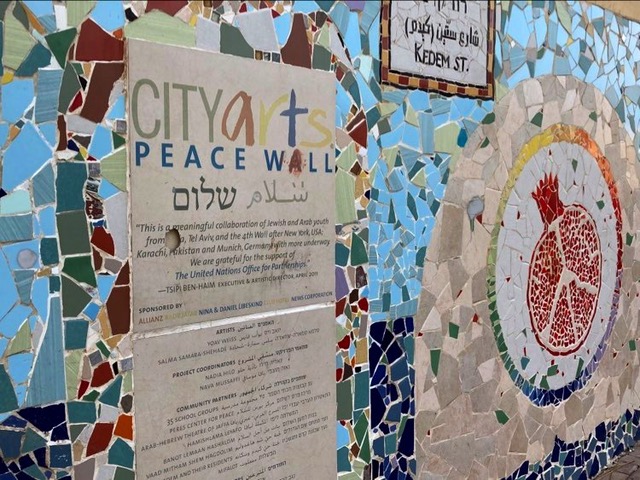
For the past 10 years, a beautiful mural on Kedem Street in Jaffa—a predominantly Arab neighborhood south of Tel Aviv—has stood as a testament to the peaceful coexistence that has long characterized relations here between Israeli Jews and their Israeli Arab neighbors, both Muslim and Christian. I frequently pass by this “Peace Wall” on my long walks along the sea and have never tired of telling my friends overseas that, despite everything, we all get along.
Well sadly, that’s no longer the case, at least not for now.
Since the latest fighting, Jaffa and nearby Bat Yam have been the scene of horrific beatings, lynchings, firebombs, and other atrocities committed by Arabs against Jews, and to a lesser extent by Jews against Arabs. All this is taking place within the larger context of unrest by Palestinians throughout Israel—in Lod, Haifa, Akko, and elsewhere— leaving Jewish residents of the Jewish state terrified for their lives for the first time in decades.
On Monday, a 56-year-old Jewish electrician died of his wounds six days after being struck in the head with a brick during Arab anti-Israel riots in Lod. An Arab driver was severely beaten by Jewish hooligans in Bat Yam, while two Arab children were injured when someone firebombed their Jaffa house (police have two suspects in custody, Arabs who evidently thought they were attacking the home of Jews). Synagogues have been burned in Ashkelon, while Arab thugs in Akko destroyed a popular hotel, a Jewish-owned fish restaurant, and a theater founded on the very theme of coexistence.
Even journalists aren’t safe; last week, two far-right Jewish extremists attacked an Israeli TV crew filming in southern Tel Aviv.
Friends who’ve been here for years reassure me “we’ve seen this movie before” and that eventually, everything will return to the status quo once the IDF finishes destroying the so-called Hamas “Metro”—the complex network of tunnels these terrorists have constructed deep under Gaza to secretly transport men and weapons.
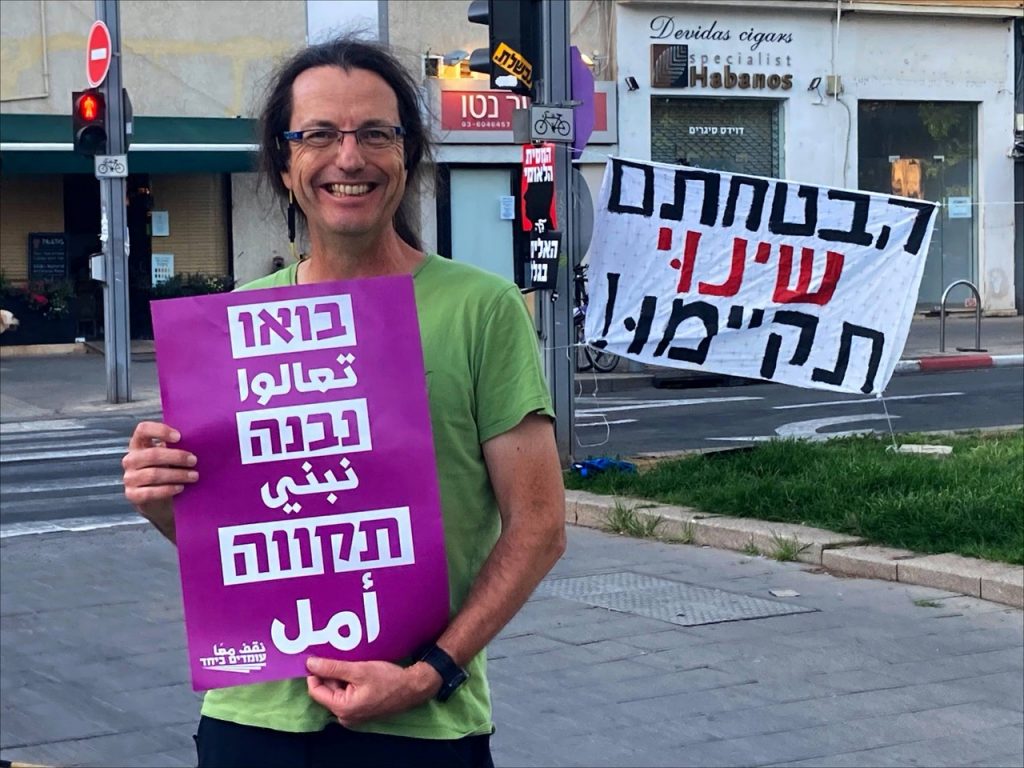
Any hope for the future … at all?
But for me, having moved here from Bethesda, Md., barely four and a half years ago, it’s a new and deeply unsettling experience. Returning to the status quo is clearly not enough. Just as Israel successfully vaccinated 55% of its population against COVID-19—thereby becoming the first country in the world to effectively reach herd immunity—so too we must get at the root of the Palestinian-Israeli conflict and solve long-simmering issues that divide our two peoples.
While it’s true that under last year’s Abraham Accords, Israel achieved diplomatic recognition by the United Arab Emirates, Bahrain, Morocco, and Sudan, until we have two states for two peoples, all the Abraham Accords in the world won’t solve a damn thing.
Palestinians want their own state. I say make it happen. Given long-term demographic trends—with roughly six million Arabs and six million Jews now inhabiting the Massachusetts-sized slice of land between the Mediterranean and the Jordan River—clearly, Israel cannot continue to be both a democracy and a Jewish-majority state as long it occupies the West Bank.
Fortunately, we do see some glimmers of hope. A growing number of brave rabbis, imams, and sheikhs are calling for peaceful coexistence, while Arab and Jewish leaders in Israel’s high-tech, business and healthcare sectors have issued statements against the violence.
“These days, Israeli society is being tested and we are at the edge of the abyss,” warns the 35 Israel-based venture capital funds and 130 startups that make up the Power in Diversity initiative. “We have no choice but to see these times as an opportunity for change—for the silent majority to disrupt the status quo and take back the agenda from the extremes in our society.”
As of this writing, some 9.2 million Israelis anxiously await news on whether tomorrow will bring a ceasefire, as the world is demanding, or another deadly volley of missiles. Like many of my friends, I’ve updated my Facebook profile pic with a frame reading “Arabs and Jews refuse to be enemies” in Hebrew and Arabic. Let’s see how much good that does.
In the meantime, as all of us wait for that Jaffa “Peace Wall” to once again reflect the hope of coexistence between our two peoples, remember this: Terrorism is never acceptable, and Israel has every right to defend itself. Your country wouldn’t put up with daily barrages of rocket fire from its sworn enemies seeking your destruction. Why should mine?
Editor’s Note: Prior to moving to Israel in 2017, Larry Luxner lived in Bethesda, Md. He also writes for the Washington D.C. publication The Diplomat.

Larry Luxner is a freelance writer with The Washington Diplomat and former editor of CubaNews. Born and raised in Miami and now based in Israel, Larry has reported from every country in the Western Hemisphere. His specialty is Latin America and the Middle East, and he’s written more than 2,000 articles for publications ranging from National Journal to Saudi Aramco World. Larry also runs an Internet-based stock photo agency at www.luxner.com.

